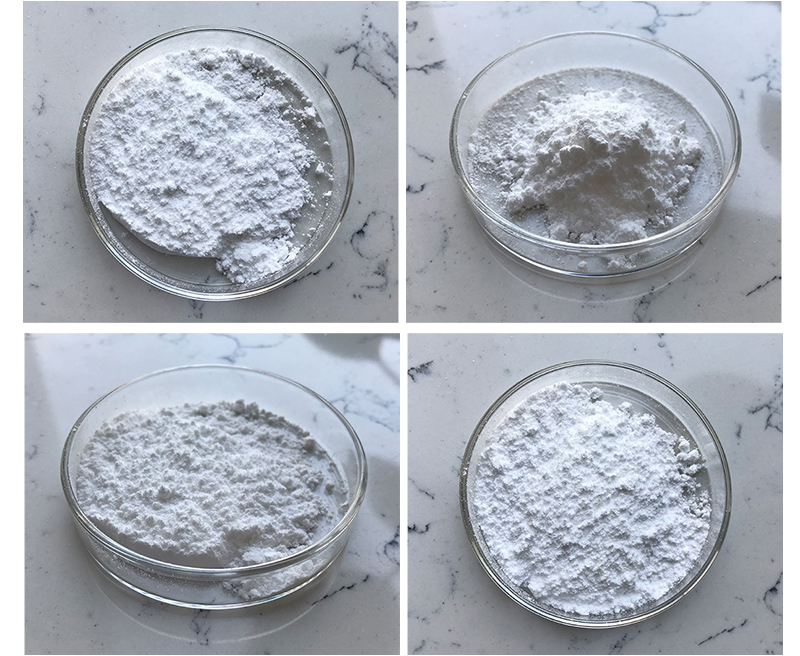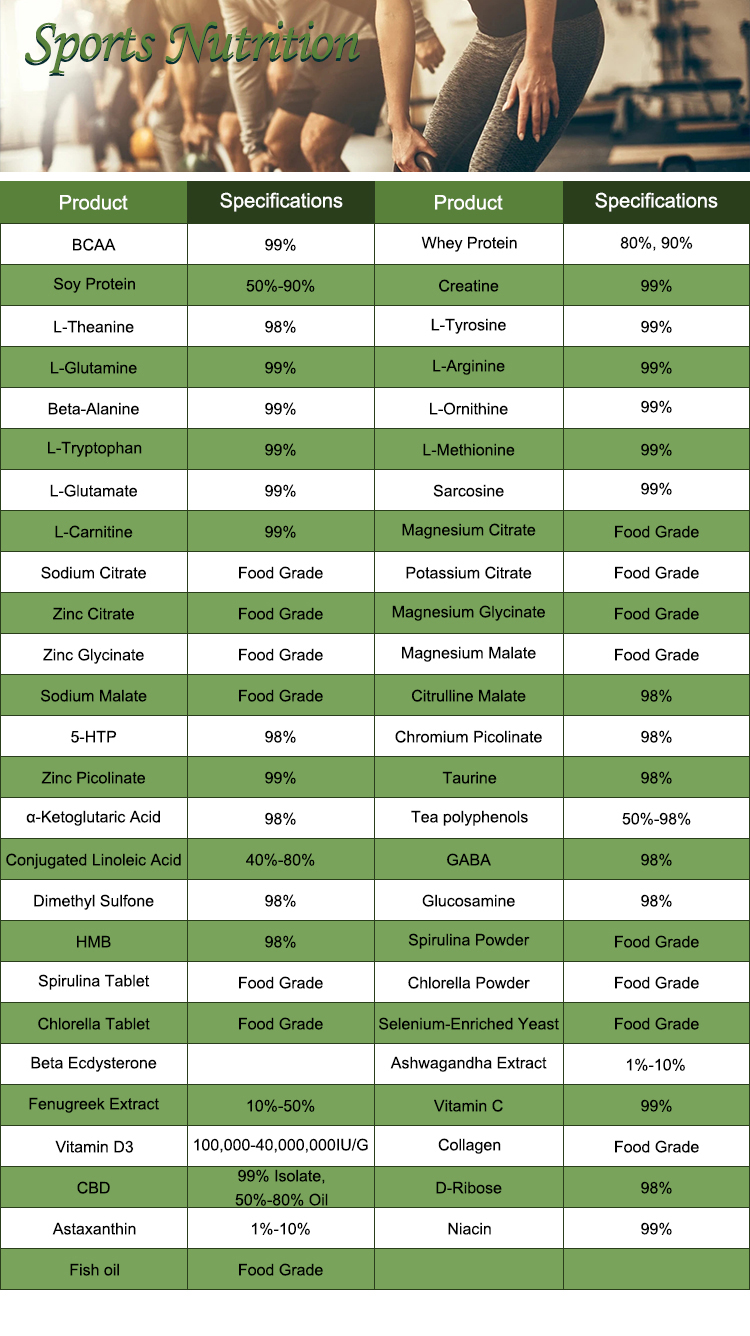L-Arginine is a semi-essential amino acid that plays a key role in protein synthesis and is involved in various physiological processes, including vasodilation and nitric oxide production. It is commonly used in both medical and nutritional contexts. Below is a general overview of the materials and methods used in the synthesis, analysis, and applications of L-Arginine.
1. Materials for Synthesis of L-Arginine
L-Arginine can be synthesized chemically or via microbial fermentation. Below are common materials used in its production:
a. Chemical Synthesis:
Starting Materials:
- Cyanide-based compounds (e.g., urea or acrolein)
- Amino acids (e.g., ornithine, which can be converted to arginine)
Reagents:
- Catalysts (e.g., base catalysts like sodium hydroxide, or enzymes)
- Solvents such as water, alcohol, or acetonitrile

b. Microbial Fermentation:
Microorganisms:
- Escherichia coli or Corynebacterium glutamicum are commonly used for fermentation of L-Arginine.
- Genetically modified strains may be employed to improve yields.
Fermentation Media:
- Glucose or other sugars as carbon sources
- Nitrogen sources like ammonium salts or urea
- Trace minerals, vitamins, and salts
Fermentation Conditions:
- Temperature: 30-37°C
- pH: 6.0–7.5
- Oxygen levels: Aerobic conditions for optimal growth
2. Methods of Extraction and Purification
Extraction: The product is usually extracted from the fermentation broth or reaction mixture.
- Methods include centrifugation to remove cells, followed by filtration to remove debris.
- Solvent extraction or precipitation methods may be used to isolate L-Arginine from other compounds.
Purification:
- Ion Exchange Chromatography: A common technique to purify L-Arginine based on its charge.
- High-Performance Liquid Chromatography (HPLC): Used for further purification and quantification.
- Crystallization: If required, L-Arginine can be crystallized from water or ethanol.

3. Characterization and Quantification
Spectroscopy:
- UV-Vis Spectroscopy: Used to measure the absorbance of L-Arginine in the UV range.
- NMR (Nuclear Magnetic Resonance): Provides structural information.
Chromatographic Methods:
- HPLC: For separating and quantifying L-Arginine.
- Gas Chromatography (GC): For volatile derivatives or amino acid analysis.
- Mass Spectrometry (MS): Used in conjunction with chromatography techniques for precise quantification and molecular weight determination.
4. Biological Methods and Applications
Cell Cultures: L-Arginine can be supplemented in cell culture media to support cell growth, protein synthesis, and nitric oxide production.
In vivo Studies: Animal models may be used to assess the physiological effects of L-Arginine supplementation on cardiovascular health, immune function, and metabolic processes.
5. Safety and Handling
L-Arginine is generally safe for consumption at recommended doses, but it should be handled according to standard safety protocols in laboratories (e.g., wearing gloves and using fume hoods during synthesis).
In high concentrations, L-Arginine can cause side effects such as gastrointestinal discomfort, hypotension (low blood pressure), or electrolyte imbalance.
6. Applications
Supplementation: L-Arginine is commonly used in dietary supplements for cardiovascular health, enhancing nitric oxide production, improving blood flow, and treating erectile dysfunction.
Pharmaceutical: Used in medical applications to promote wound healing, enhance immune function, and in some treatments of metabolic disorders.

7. Quantification in Biological Systems
Enzyme-Linked Immunosorbent Assay (ELISA): Can be used to measure levels of L-Arginine in biological samples.
Fluorescent-based Assays: Some assays use fluorescence to quantify L-Arginine, often by derivatization with specific reagents.
This general outline provides an overview of materials and methods used for the synthesis, extraction, and analysis of L-Arginine, as well as its applications in biological and medical fields. Specific protocols may vary depending on the goals of the study or the production method used.
